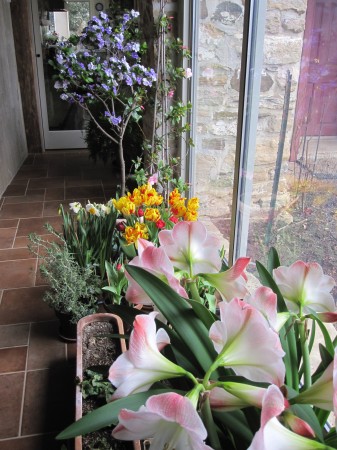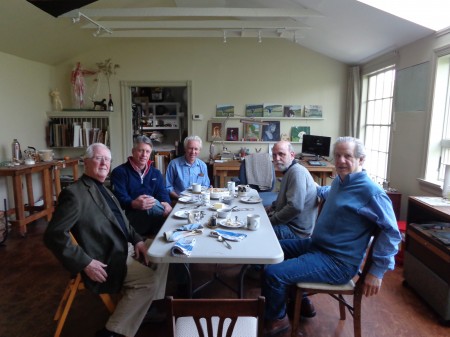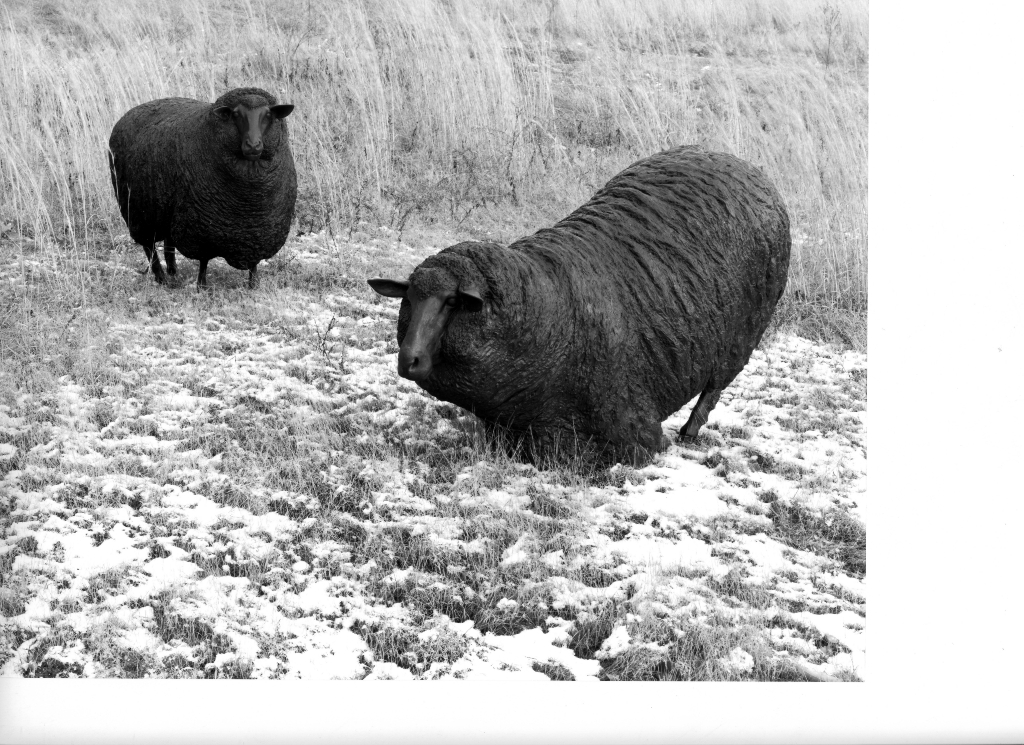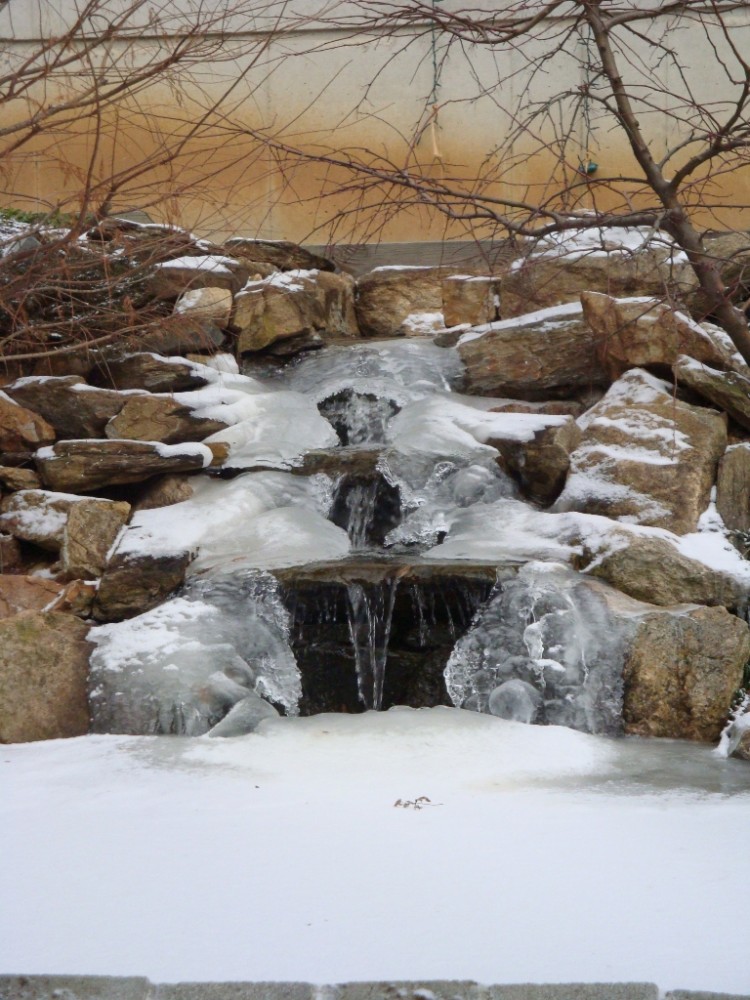Bison bison A quick recap from our May e-News (Want to subscribe? Send your email on Contact Us tab):
Clayton was commissioned to create a life size reclining buffalo sculpture for the Children’s Garden at Penn State Arboretum. The donor for this sculpture saw Clayton’s life size Miss Gratz at the Brandywine River Museum, and specified Clayton as the sculptor.
When an artist works from life as Clayton does, sculpting a bison begins with first finding a live model. Although a neighbor raises buffalo, the issue of proximity still existed. According to Bill, the owner, he couldn’t approach on foot. The closest he could get to them was about 25 feet, when he drove his ATV out to the herd to feed them. Clayton went to visit the herd and he and Bill agreed on a plan
Clayton prepared an armature and waited until a buffalo was sent to market, when he had an opportunity for close examination.* Clayton followed his normal practice in making a life size piece: he started by sculpting a small study called a maquette. The small size of a maquette allows a sculptor to work out compositional details in an easily changed format before embarking on the life-size version where changes are possible but more time consuming. The foundry laser scans the maquette and then uses a computer controlled router to carve a Styrofoam® enlargement.
However, as is often the case what is an imperceptible discrepancy in a table size version, can become an obvious error when enlarged 9.5 times.
Thus the first photo below shows Clayton scraping off styrofoam from the enlargement so he can add clay onto the armature and sculpt according to dimensions he had previously taken. The second photo shows Clayton (who has taken over garage space to make loading and unloading easy) with the life size piece in progress.
*Already in place is the head and two of the legs, sculpted when Clayton had the opportunity with the bison this winter. Probably obvious from this description, sculpting a life size piece is a lengthy process, which requires a lot of patience and willingness to go back and make adjustments where necessary.
As Clayton moves ahead, further descriptions will follow.


 The Three Sisters
The Three Sisters



 Sculptures in the garden, even in winter, prove to be eye-catching. Recently I looked at the sheep and thought, “With all that wool, you must be warm despite the weather!” One look at those skinny legs and it is readily apparent just how thick their fleece can become. Indeed, Clayton depicted in his sculpture how the fleece can be so thick that it actually parts when a sheep turns its head. As I stand looking at them, I feel sense that these sheep are watching to see how close I am going to get before they leave the scene. Nothing like realistic art.
Sculptures in the garden, even in winter, prove to be eye-catching. Recently I looked at the sheep and thought, “With all that wool, you must be warm despite the weather!” One look at those skinny legs and it is readily apparent just how thick their fleece can become. Indeed, Clayton depicted in his sculpture how the fleece can be so thick that it actually parts when a sheep turns its head. As I stand looking at them, I feel sense that these sheep are watching to see how close I am going to get before they leave the scene. Nothing like realistic art. Happy New Year to All!
Happy New Year to All! When Clayton travels (usually by car) he thinks about the big picture of his work and connecting to people who would be interested. Coming home with brilliant ideas is great, but then one has to work to implement them. We are very pleased with this web site, but no one knows about it unless we spread the news. So we have set up an e-news letter, which will come out three times a year along with a fourth hard copy newsletter each fall, in case people aren’t on line or we don’t have their email. Please pass on the web site and our emails to those who enjoy Natural Realism, the core of Clayton’s art. Word of mouth is a powerful tool.
When Clayton travels (usually by car) he thinks about the big picture of his work and connecting to people who would be interested. Coming home with brilliant ideas is great, but then one has to work to implement them. We are very pleased with this web site, but no one knows about it unless we spread the news. So we have set up an e-news letter, which will come out three times a year along with a fourth hard copy newsletter each fall, in case people aren’t on line or we don’t have their email. Please pass on the web site and our emails to those who enjoy Natural Realism, the core of Clayton’s art. Word of mouth is a powerful tool.